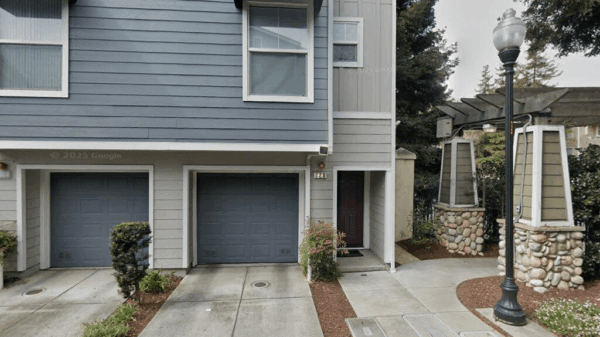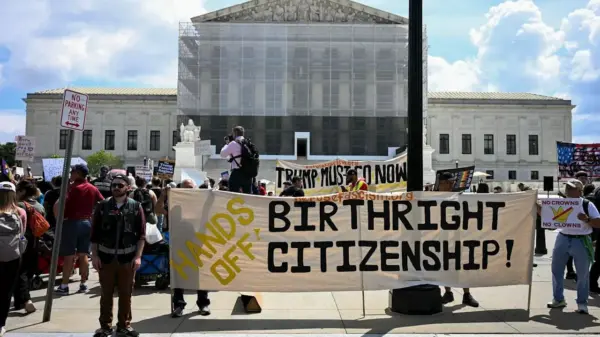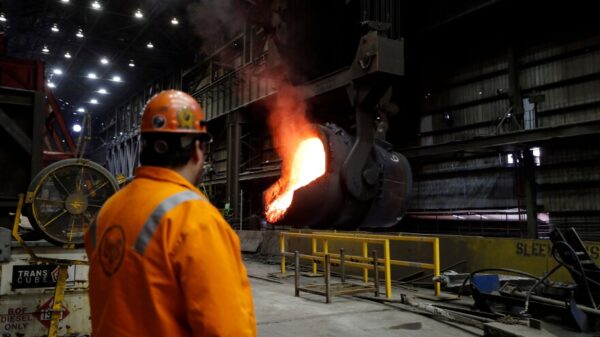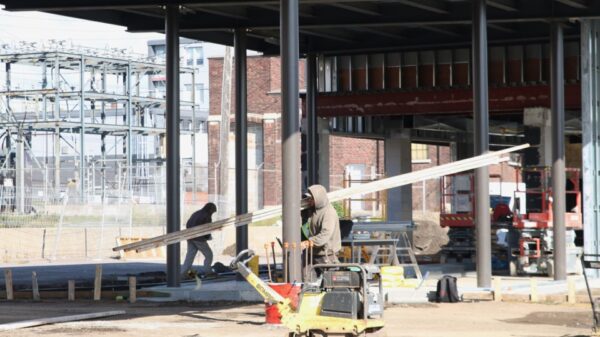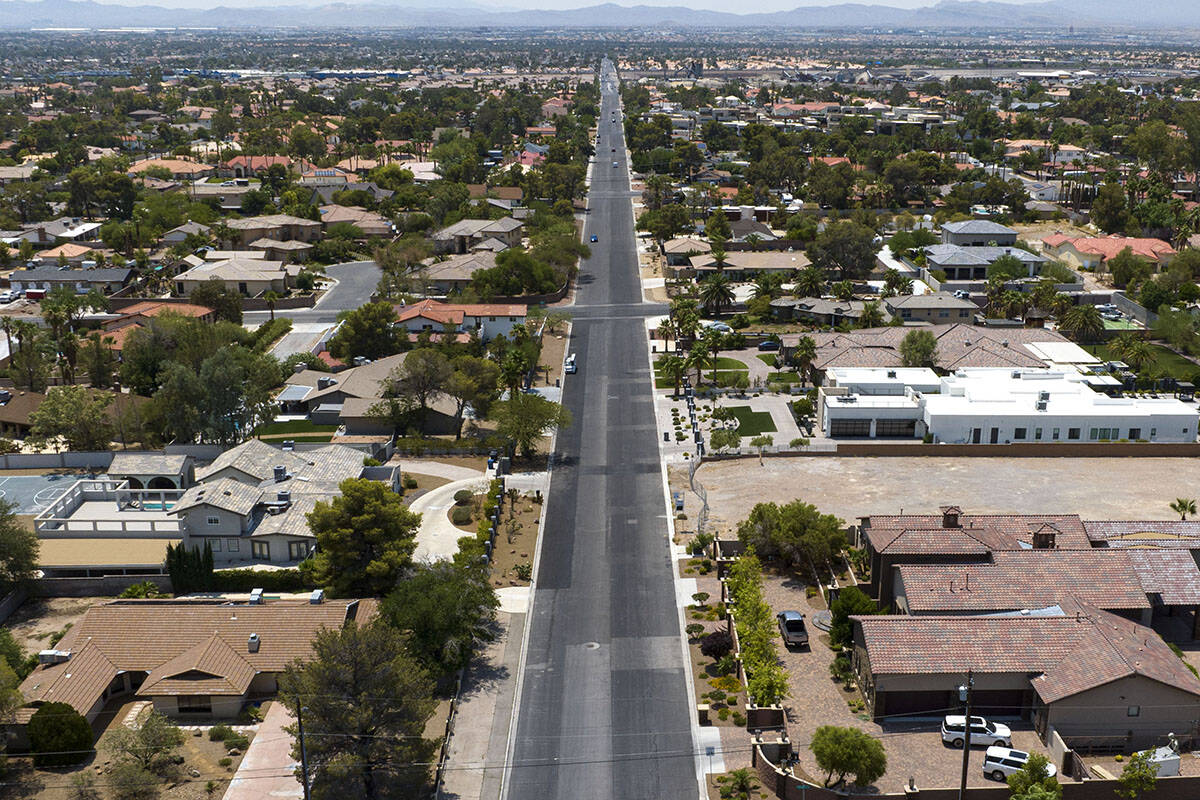The Las Vegas Valley is experiencing a remarkable surge in new home listings, leading the nation with a year-over-year increase of **77.6 percent** in June 2023, according to a study by **Realtor.com**. Despite this significant rise, home prices in the area remain at record highs, raising questions about the dynamics of the local real estate market.
According to **Jake Krimmel**, a senior economist at Realtor.com, the substantial increase in active listings is noteworthy. The Las Vegas Valley’s growth rate is more than double the national increase of **28.9 percent** and nearly twice that of the Western United States. He pointed out that homes are now sitting on the market for an average of **11 days longer**, which is **28 percent** longer than the national average of five days. This shift indicates a more buyer-friendly environment, yet home prices have surged back to a record high of **$485,000**.
The high prices can be attributed to several factors. Elevated interest rates have sidelined many potential homebuyers, while existing homeowners are reluctant to sell due to the low mortgage rates they secured during the pandemic. Additionally, a shortage of new home construction, largely due to a high amount of federally controlled land in the valley, has kept prices elevated. The area’s growing population and expanding luxury real estate sector also contribute to the persistent high prices.
Krimmel highlighted that buyers currently have more options, with the increased inventory allowing for greater choice and less competition. Approximately **27 percent** of listings have experienced price cuts, which is **6 percentage points** above the national average, suggesting a softening market. Despite this, the fundamentals of supply and demand do not appear to be impacting prices as expected.
“Even with a significant rise in listings, we are not seeing much movement in list prices,” Krimmel noted. Year-over-year, list prices have decreased by just **1 percent** and **0.4 percent** on a square foot basis, which aligns with national trends. While some cities, such as **Austin** and **Miami**, have seen price declines of **5 to 6 percent**, Las Vegas has not experienced a comparable downturn. The lack of a building boom in Las Vegas, especially when contrasted with the rapid development in other regions, plays a crucial role in its pricing stability.
Looking ahead, Krimmel emphasized the importance of monitoring how sellers and buyers respond to the current inventory. The number of homes on the market is **36 percent** higher than pre-pandemic levels, while national inventory remains about **13 percent** below pre-pandemic norms. The key question remains: will motivated sellers choose to lower prices, or will they hold out against market pressures and potentially remove their listings?
As the Las Vegas market continues to evolve, stakeholders are keenly observing the interplay between inventory levels and pricing strategies. The coming months will reveal whether the trends observed in other markets will emerge in Las Vegas or if the region will maintain its unique position in the housing landscape.



